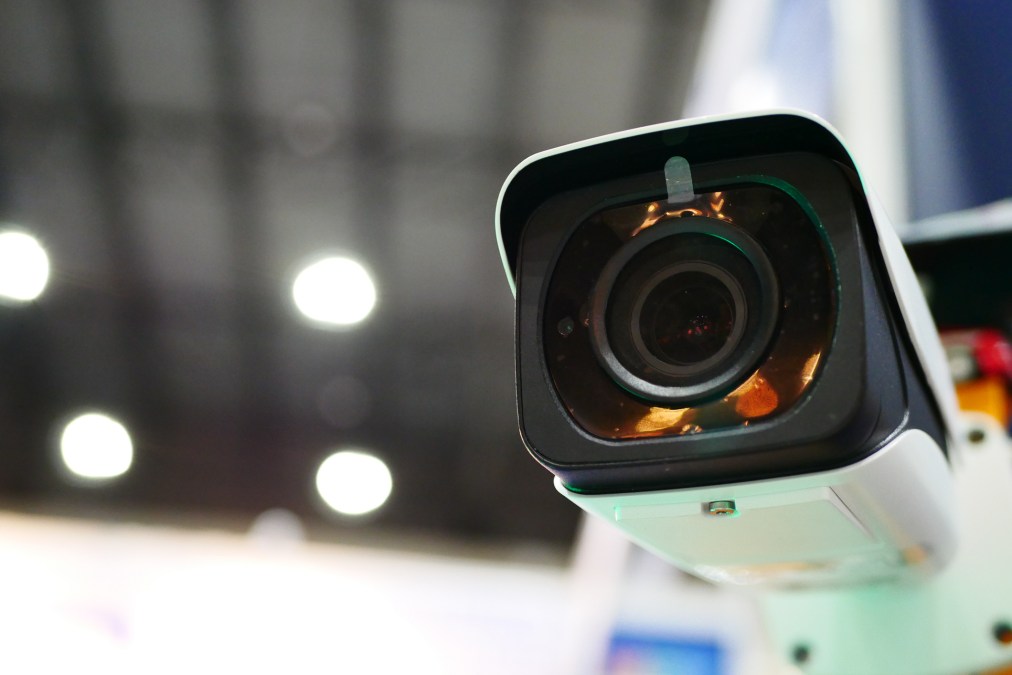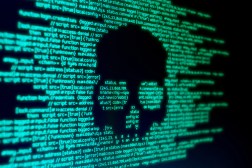Facial recognition finally activated at New York school district

After receiving concerns over possible student privacy violations from students, civil rights activists and state officials, the Lockport City School District in Upstate New York on Thursday activated its facial recognition, which is designed to detect and preempt threats to campus safety.
“I am pleased to report that the District has completed the initial implementation phase of the AEGIS system, and has also completed its related discussions with [the New York State Education Department],” Superintendent Michelle Bradley said in a statement.
Lockport, a K-12 district with about 4,400 students, purchased cameras equipped with object and facial recognition software sold by a the Canadian firm SN Technologies in 2018 to assist school security officers in identifying people not allowed in school buildings and to spot objects that threaten students safety, like guns, across the district’s eight schools.
But after the surveillance initiative elicited concerns from students and civil liberty advocates who claim the technology infringes on the privacy rights of students, parents and staff, the New York State Education Department announced last June it would investigate the district’s privacy policies.
On its website, the district claims that the facial recognition system was approved by the New York State Education Department in November 2017, but agreed not to use the facial recognition component of the system until the department’s review was completed.
NYSED reported in June after its investigation the district did not have the necessary framework to protect student privacy or to properly secure any data collected, and set further privacy and security regulations for the district to adopt. To address its privacy concerns, the district implemented a policy that bars its system from collecting or storing student information.
The district has pushed to implement the high-tech security system in response to the growing number of school shootings reported in recent years and a need for “preventative measures.” The district spent $3.8 million of a $4.2 million Smart Schools Bond Act state grant on security upgrades, which includes the facial recognition system, along with physical security enhancements to building entrances, such as bullet-proof greeter windows, panic buttons, a new visitor badging system and computer equipment. The district also hired new counselors, social workers and behavior intervention specialists.




